Can the historic Shandon area, Cork’s ‘beating heart’, be revived?
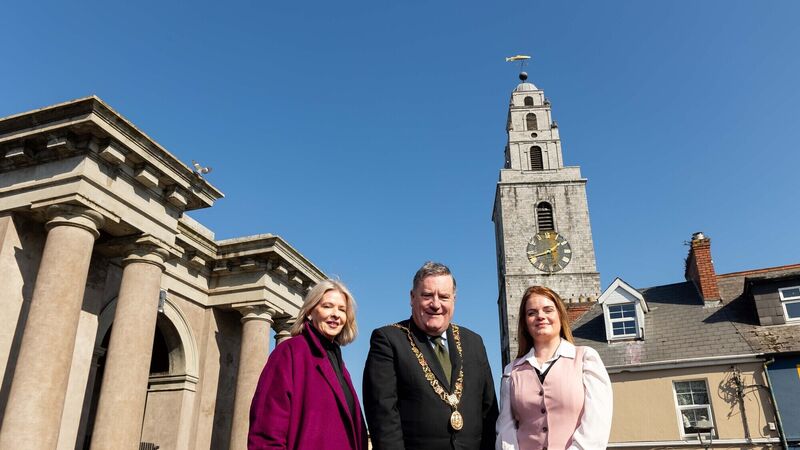
Lord Mayor of Cork Dan Boyle with Valerie O’Sullivan, chief executive, Cork City Council, left, and Catherine Connaughton, of the Southern Regional Assembly, right, at the launch of the Shandon integrated urban strategy at Shandon Butter Market Complex Picture: Michael O'Sullivan /OSM PHOTO.
“Party-coloured, like the people, red and white stands Shandon steeple,” the famous 18th century Capuchin friar Fr Arthur O’Leary is reputed to have written to Richard Woodward, Cloyne Church of Ireland bishop.
Forgiving the poetry, the tower of St Anne’s, in Shandon, as everyone in Cork knows, is indeed built with red sandstone — drawn from the original Shandon Castle — on its North and East sides; and built from white ashlar limestone — from the former Franciscan abbey on the North Mall — on its South and West.
Legend, of course, says the tower inspired the red and white of Cork’s sporting colours.
Shandon was described earlier this month by the lord mayor, Dan Boyle, as “the most important beating heart of our city”.
That has been an apt description of Shandon for centuries, even if the area has seen better times, and the rest of that quote from Mr Boyle described a new plan by Cork City Council as, “the latest, I think the strongest, attempt to breathe life back” in to that beating heart.
Optimism
There would be few who would not wish the Shandon integrated urban strategy well, and there seems to be a renewed optimism and hope in a beautiful area that has been neglected for too long.
On a gentle hill above the bank of the River Lee’s northern channel, the Shandon area gets its name from ‘sean dún’, the Irish for ‘old fort’.
In his book That Place We Call Home, Cork broadcaster John Creedon talks about how a knowledge of our native language can turn a map of Irish placenames in to a multi-dimensional memoir, adding layers of history and meaning to our understanding of our own geography, geology, and even genealogy.
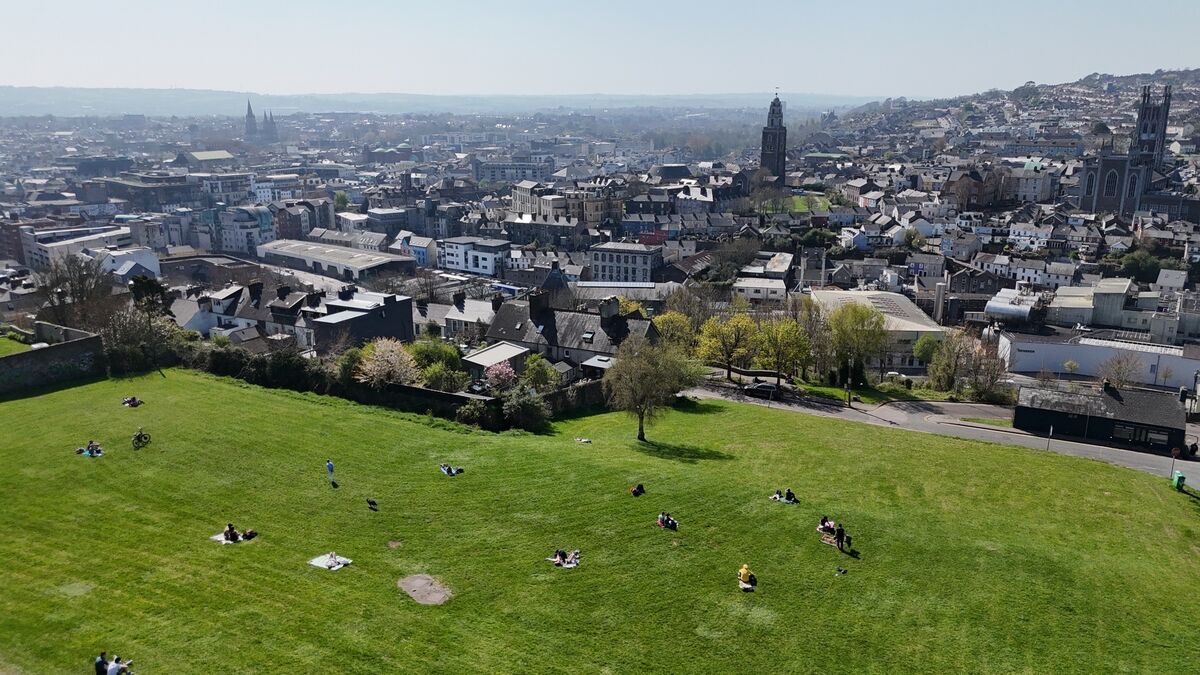
So it is with Shandon, and its name suggests there was once a fort on the site, predating the settlement of the Normans toward the end of the 12th century, probably in the 1170s. That fort, built by the McCarthy kings of Desmond, was probably located on the future site of Shandon Castle, just west of where today stands the Firkin Crane.
That old fortification — or sean dún — on the lands north of what was then the town of Cork appears to predate the arrival here of the Vikings.
Medieval politics saw Henry II granting the McCarthy kingdom of Desmond to Robert FitzStephen, who passed it to his nephew, Philip DeBarry, who later granted Shandon and the surrounding district to Philip de Prendergast.
In time, Shandon would develop as an area of significant strategic importance overlooking the walled city, to which it was connected by the North Gate Bridge, and it would serve as the crossroads of routes to Youghal, in East Cork, and Mallow, in North Cork.
Castle
Some time around the 1180s, Philip DeBarry built a castle that would later become known as Lord Barry’s castle or the Castle of Shandon.
‘St Mary of the Mountain’, a church built near to the sean dún fortification, was mentioned in 1199 by Pope Innocent III in his decretals, or papal rulings on canon law.
Shandon grew in importance after the construction of Lord Barry’s castle, and although it was outside the walled city of Cork, the community of Shandon grew in size around Shandon Castle and came to rival the city below it.
The castle, the official residence of the presidents of Munster during the reign of Elizabeth I, served as the centre of English civil and military administration in Munster. As such, it was the backdrop for several events of historical importance.
Edmund O’Donnell, the first Jesuit priest to be executed by the English government, was hanged, drawn, and quartered at Shandon Castle in 1575 for refusing to convert to Protestantism.
Sir Walter Raleigh presided in the council chambers at the castle, as did the notorious Murrogh O’Brien, the first Lord Inchquin, known as Murchadh na dTóiteán (Murrough the Burner) for his atrocities during the Sack of Cashel, the Irish rebellion of 1641, and the Cromwellian conquest of Ireland.
In 1603, following the death of Elizabeth I, when the mayor of Cork and the council refused to proclaim James I the new king, Lord Roche made the proclamation at Shandon Castle.
In the wake of the Desmond rebellions, inquisitions were held at the castle, and it was from there that the armies that defeated Hugh O’Neill at Kinsale were directed.
Oliver Cromwell
Oliver Cromwell spent Christmas of 1649 at Shandon Castle, and James II held court there in 1688. The castle remained the centre of English administration in Munster until the Siege of Cork, in 1690, when it was destroyed in a fire that also ruined St Mary’s Church and much of the city. At that time it was described as “a large round tower, with 16 guns and a good entrenchment”.
In 1693, a new St Mary’s Church was built at the bottom of Mallow Lane, which would become the modern Shandon St, but that church was replaced in 1722 by a new church on the old site at the top of Shandon, the present Church of St Anne. The bells of Shandon first rang out on Thursday, December 7, 1752. Twenty years later saw the appointment of its first rector, Arthur Hyde, great-great-grandfather of Dubhghlas de hÍde, Ireland’s first president.
Four-faced liar
Shandon’s clock mechanism was installed in 1847 by the then Cork Corporation, and soon earned the nickname ‘the four-faced liar’.
In 1770, the site of the ruined castle was sold by Richard, Earl of Barrymore, to Samuel Jervois, of West Cork, and the Dominican order bought it in 1784, constructing a monastery, which they later abandoned during the 1840s.
The former monastery was bought in 1852 by the Cork committee of merchants and they constructed the Firkin Crane’s distinctive circular building on the former castle grounds.
The Cork Butter Market building dates from 1849, when Shandon was the largest shambles — open-air butcheries — in Ireland, and at the Exchange’s 19th century peak, Cork was the world’s largest exporter of butter, serving markets in Australia and India.
With a renewed focus on regenerating the area, the local community is hoping that, this time, Shandon’s future will be as bright as its past is storied.
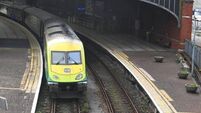

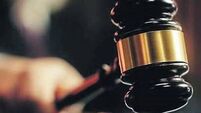
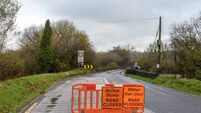



 App?
App?





